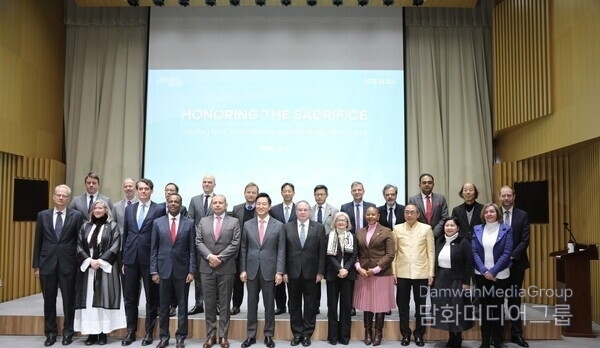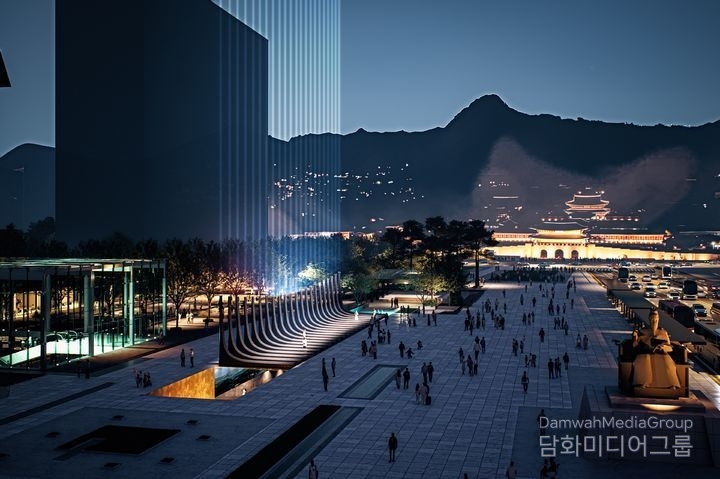By Diplomacy Journal Lee Kap-soo
The Seoul Metropolitan Government decided to create the 'Garden of Gratitude' in Gwanghwamun Square, a symbolic space that expresses gratitude and respect for those who participated in the Korean War, and invited 22 foreign ambassadors from Korean War participating countries for a project briefing on the 'Garden of Gratitude' on Feb. 4.

Seoul Mayor Oh Se-hoon introduced the meaning of the symbolic space and sculptures to the ambassadors.
"Without the help of friendly countries at the time, Korea's liberal democracy and prosperity would never have been possible," Mayor Oh said, adding, "We will create a garden of gratitude in Gwanghwamun Square, the center of Korea for 600 years, where the identity of the Korean nation and people is fully contained, to impress the people of the world who visit here."
A total of 22 countries, including 16 countries that provided military support and 6 countries that provided medical and humanitarian aid, and 1.95 million people participated in the Korean War in 1950.
"Gwanghwamun Square is a landmark in Seoul because it receives a lot of foreign tourists," said Oh, explaining why he chose the location. It symbolizes Korea's identity, and its central location makes it the most appropriate place to show our gratitude to the countries that participated in the war."

The sculpture is composed of two parts: an above-ground part, consisting of 22 black granite stone beams symbolizing the participating countries, and glass bridges between the beams, and an underground part, which includes a gratitude space for real-time communication with the participating countries.
In the above-ground part, 22 sculptures of 5.7 to 7 meters high called “Light of Gratitude 22” will be installed, visualizing gratitude for the countries that participated in the Korean War.
The city will import stones from the 22 participating countries to create the sculptures, and the sides will be inscribed with poems, literary works, and texts in the native languages of the participating countries to honor the sacrifices of veterans.
"It's scheduled to be completed by September this year, and there may be concerns about whether the stones will be delivered in time," Oh said. "It may be difficult for all 22 countries to participate," he said, "Some countries may not have enough stones to make a complete shape, but they can use marker stones. If they can't afford to donate, we can buy them."
In the basement, there will be a symbolic space where you can interact with friendly countries in real time. There will be a media wall where you can see videos and images of the local scenes of 22 countries, and it will be possible to broadcast the flags of friendly countries, including the Taegeukgi (Korea's national flag).







